The Golden Era of Muay Thai, beginning in the 1980’s and ending in the mid 90’s is lauded as the peak of the sport. The decade created and showcased some of Thailand’s best talent. Reasons vary as to why this era in particular maintained such a high standard of competition, but one area regularly visited is the training.
Not everyone agrees that the training today is widely different from the practices a few decades ago. However, there are a few variables that could have contributed to the superior training that has been reported during the Golden Era.
We compare 5 essential aspects of a typical fighter in both Thailand’s Golden Era and today in the U.S.A to see if one surpasses the other.
1- Equipment
Many Golden Era fighters say their training was harder than what we see now. This was largely due to a lack of protective equipment. The gloves they used were much smaller and shin pads were pretty much non-existent. As a result, the body went through tougher physical conditioning than we would typically see today.
Using small gloves is generally not recommended, especially for beginners. It increases risk of injury and can damage the knuckles and wrists. This is because there is less padding (measured and displayed in ounces) on the top of the glove and therefore less cushioning between your knuckles and the bag or pads. This can result in minor injuries like skin peel, to more painful bruising and callusing. However, one benefit of smaller gloves is that they are more malleable than the larger ones and are easier to develop grip strength and manoeuvre in the clinch.
One of the most significant consequences of less protective glove padding is that during sparring, punches feel harder because there is less padding around your partners fist which makes it easier to feel their knuckles through the glove. In the U.S, most gyms ask members to wear at least 12oz for sparring class to ensure the safety of all involved, with heavier glove weights requested for anyone above 70kg/ 150lbs (approximately). This is in contrast to the 8oz gloves used to compete in a professional Thai boxing fight. Most fighters say they don’t notice the difference, but it is possible that this distinction enabled the Golden Era fighters to become more durable. The legends of the Glory Days were clocking up hundreds of fights over the course of their careers.
On top of that, we have a much better understanding of concussions than we did previously and protective equipment, including using larger gloves, helps to reduce the number of occurrences.
Winner: While the hardiness of the Golden Era fighters could never be up for dispute, and their lack of equipment definitely contributed (among other things) to their overall toughness, this one goes to modern American gyms. Protective equipment across all martial arts has greatly improved since the 80’s. This ultimately reduces injuries, especially long term ailments, like arthritis in the hands to more severe issues such as head trauma.
2- Sparring
The Thais of the Golden Era spent a significant part of their training in sparring practice. In Thailand, volume is king. Children start as young as 5 or 6 six years old, performing two sessions a day. A typical lesson starts with a run, before clocking numbers up on the bag, then hitting pads, and finally and most importantly, ‘play’ or light sparring.
Hands down, the Thai’s spend more time sparring than Western gyms do. They also have a different attitude towards it. In Western gyms, sparring is often done at 60% power at a minimum, with 80% power being the norm. However in Thailand, and especially in the Golden Era, sparring was at a much reduced power level and consequently, was performed for a longer period of time. Fighters from this time have attributed some of their success to just this aspect alone. By spending large amounts of time in fight simulation, especially at a slower pace, it gave them sufficient time to problem solve, try new techniques out and simultaneously build a positive approach to sparring and fighting.
In Western gyms, although some do have a more Thai style approach, sparring is done more intensively, but less regularly. Often there are one or two nominated sparring days, with the rest of the weeks focus on padwork and technical work. Sparring is not an everyday occurrence, rather it is concentrated into one or two lessons a week at near maximum capacity. This is in contrast to Thailand, yet it does recreate a fight most accurately.
Winner: This one goes to the Golden Era. It makes so much sense to spend as much time as possible learning and understanding fight strategies. Western sparring can be very aggressive and while on one hand this does simulate the reality of a fight, it doesn’t allow enough space to think through scenarios which improves fighter IQ. The Thais are very comfortable in their sparring and bring a lot less emotion to it and as a result, are very comfortable when they fight.
3- Facilities
Gym facilities in Thailand have not, and in some cases, still are not up to the standards of the West. The equipment was scarce during the Golden Era. There were no kettlebells, slam ropes or plyo boxes. Fighters from that era report lifting buckets of sand or concrete mix as weights. Everything was makeshift.
The roads were often dirt (which is better for your knees anyway), they didn’t have paved roads, or the best shoes for their feet. Many of the surfaces they trained on were not matted. Sometimes sparring was outside on the dirt or concrete floor and bagwork was crowded, and sometimes there was only 1 bag between 10 people.
Western facilities, in comparison, cannot be beaten. Yes, spit and sawdust gyms still exist throughout the country, but even then they are matted, have weights, and some type of cooling system or fan at a minimum. The average gym here has plenty of equipment, bags, and space.
Winner: It’s great that we have so much to offer to Nak Muays today, and it is evident that it isn’t always necessary to produce elite level athletes, but regardless, you can’t beat America for sports facilities. The UFC Performance Institute in Las Vegas is at the height of their provision with 30,000 square feet of everything a fighter could ever dream of in a gym.
4- Talent Pool
The talent pool has long been concluded as one of the most notable differences in training. Not only did the best fight the best, but sparring partners were in higher quantities as well. Even though training in the same gym, this exposes you to so many more fighting styles and potential fight scenarios.
Many Muay Thai legends did not start their career in Bangkok. Often they joined their local gym in the countryside and later moved to Bangkok for better opportunities or through sponsorship. This exposed fighters to more variety, tougher sparring partners and ultimately, more volume of opponents.
Today, while America has a considerable and commendable talent pool, Muay Thai was only introduced in the 70’s and was only in its infant stages during the Golden Era. Muay Thai dates back to at least a few hundred years (scholars still debate about when exactly), whereas Muay Thai in America has only had 50 years to develop. Despite this, many US fighters have beaten and even dominated the Thais. There is plenty of talent here without question.
Winner: Even in Thailand, it goes uncontested that the talent pool was better and larger during the 80’s and 90’s. The US has a lot of work to do in the hopes of creating anything like the mass of talent in Thailand, whether that’s in today’s landscape or in years gone by.
5- Sports Science
For a long time, no one could beat the Thais, with the Golden Era being a great example of this. But as the sport has become more mainstream and spread further around the globe, more and more foreigners have what it takes to beat them.
One way they have been able to catch up is due to the emphasis on strength and conditioning. Applying sports science tactics to Western fighters has allowed some of them to catch up, so to speak, and make up for the lack of volume their training includes and that is available to them.
However, this has in turn, newly influenced the way some Thais train. Adopting a research-based approach to the training has resulted in more well-rounded athletes. But, this too has its downsides. A larger emphasis on strength and conditioning reduces time spent sparring, and most notably, the inclusion of this type of training does increase force output, which has been targeted as a cause for increased brain injuries.
A typical Thai fighter would lift minimal weights compared to today and most of the conditioning was a result of their daily rigorous training. Their body types were very slender, and they didn’t really cut any weight. They also fought, and still fight, at a much higher volume than most Western fighters.
American fighters have access to some of the best strength and conditioning coaches in the world. Some are even sponsored by them and receive their training for free. Their bodies tend to look more “shredded”, although one of the reasons for that is that they cut more weight than their Thai counterparts. That being said, they have mastered knockout power and spend more time in prehab, bulletproofing their bodies against long-term injuries.
Winner: Technically, this one would also go to the Americans. Their emphasis and knowledge of strength and conditioning often goes unparalleled. But, it has also been necessary for them to even come close to beating the Thais, who have largely done without it, becoming Golden Era legends despite their lack of resources.
Conclusion
On paper, the training available to American fighters surpasses that of the Thais. But there is more to becoming a legend than just training alone. Mentality counts just as much as physicality. What is evident here, is that the legends of the Golden Era did much more with a lot less. Some of the world’s best competitors have come from dirty, gritty gyms and even harsher living circumstances.
Muay Thai in America is really in its early stages. I’m sure we have at least another 50 years before we see the peak of the sport in this country. Bear in mind that Muay Thai in its original form probably dates back to at least the 1300’s, so this is not an exaggerated expectation. Fighters today, despite superior training facilities and sports science application, have a long way to go, but there are two things they can still take from this. Firstly, sparring sessions at a reduced power should be increased. And secondly, mentality, grit and discipline can you take you very far indeed.

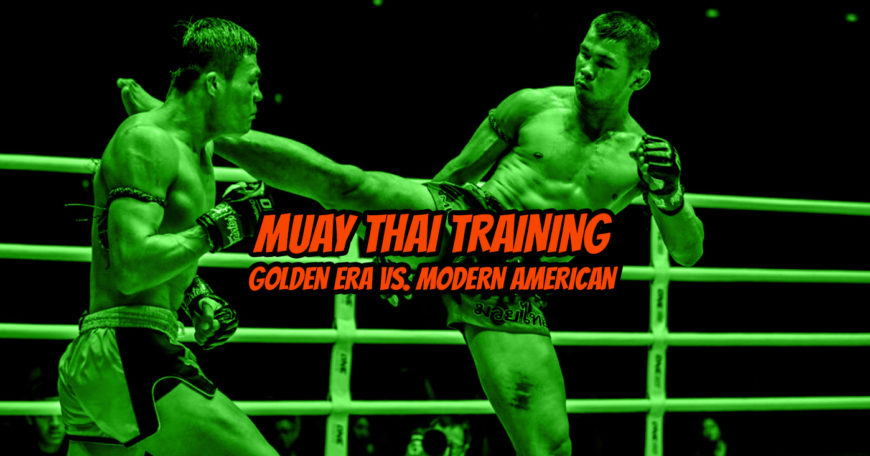
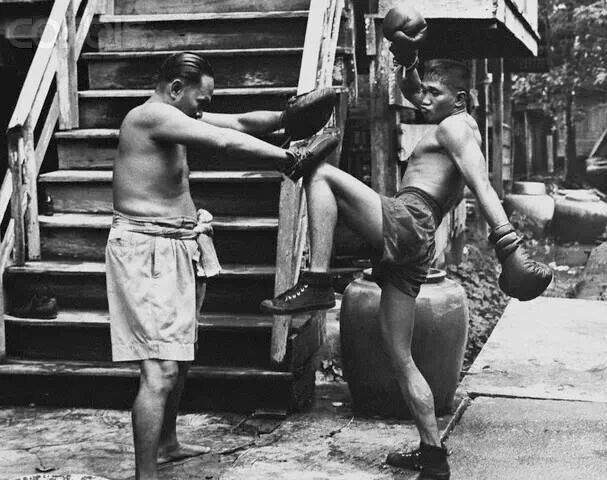
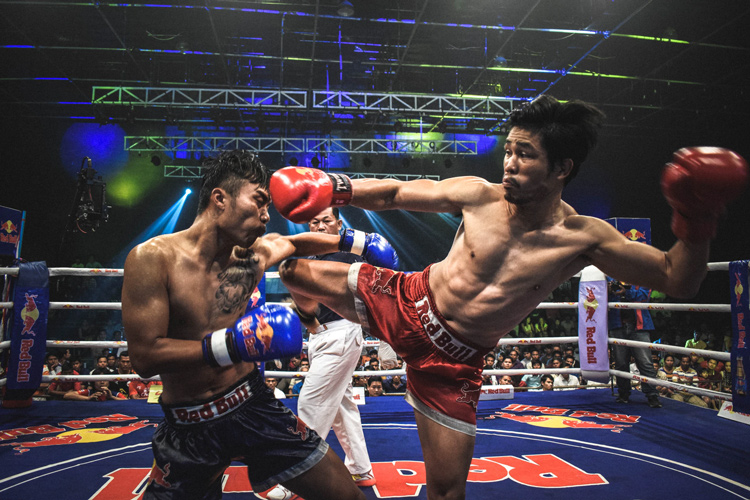
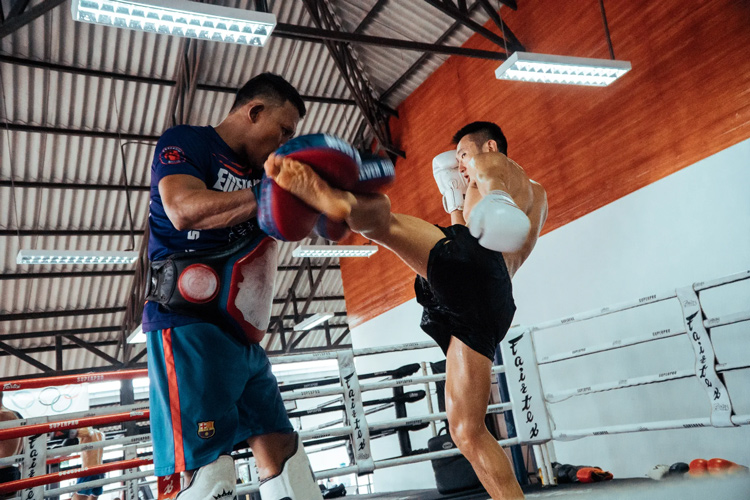
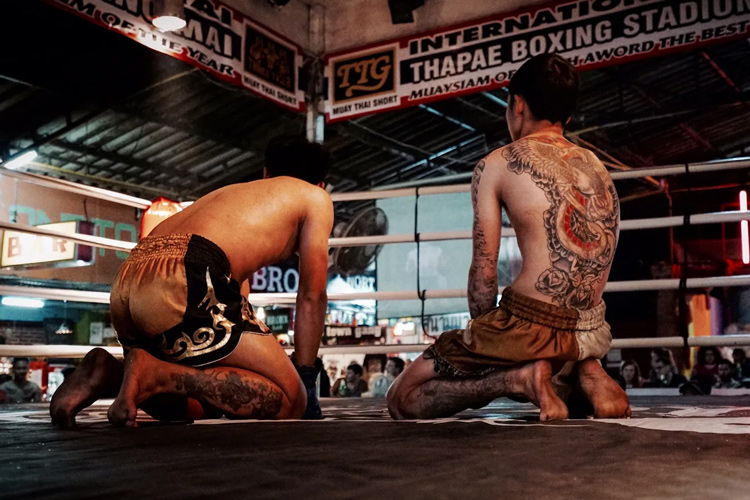
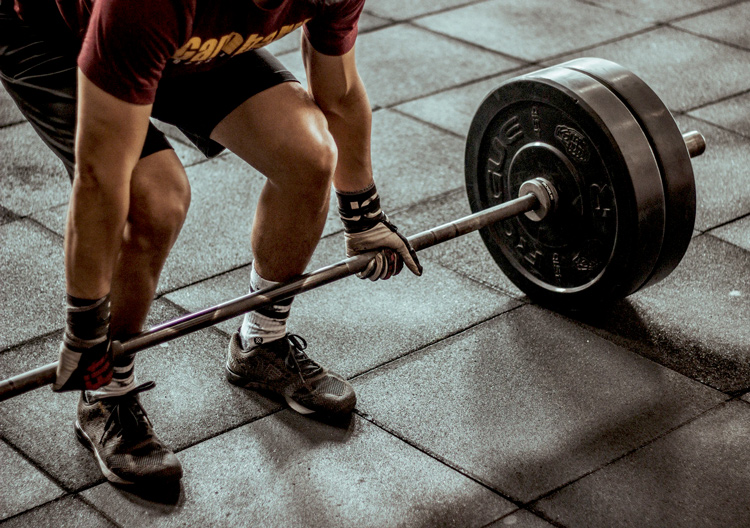


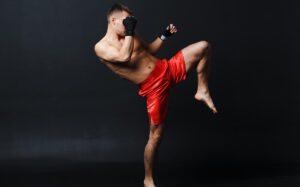
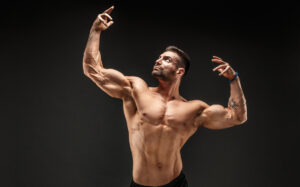




1 thought on “Muay Thai Training: Comparing Golden Era Training to Modern American Muay Thai ”
Very informative especially the comparison!